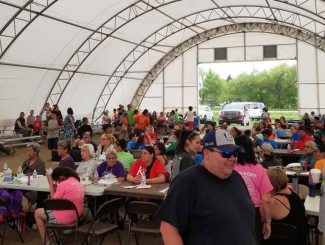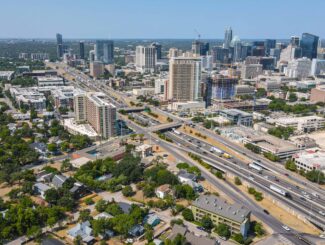By Luke Lunde, Professional Soil Scientist and Amy Anderson, Project Engineer, WSB
Applications for all cycles of the Conservation Partners Legacy (CPL) grants opened on August 1. The CPL Grant Program funds conservation projects that restore, enhance or protect forests, wetlands, prairies and habitat for fish, game and wildlife in Minnesota. To be eligible, projects must be located on public lands or private properties with an easement that allows for public access.
Since 2009, the Minnesota Department of Natural Resources (MN DNR) has been managing the reimbursable program to provide competitive matching grants from $5,000 to $400,000 to local, regional, state and nonprofit organizations.
Finding funding for projects can be challenging and knowing how to take advantage of a grant opportunity can make or break a project’s success. Here are some helpful ways you can prepare your application for the upcoming fiscal year 2022 grants.
Determine the grant cycle that works best for your project.
There are three programs available: Traditional, Metro and Expedited Conservation Projects (ECP). Grant amounts needed, project activities, eligible land, funding rounds, review processes and project locations all impact the type of grant program that’s best suited for a project. The MN DNR’s website offers a helpful Grant Comparison Cycle worksheet to guide evaluation.
Determine if the matching requirement will impact your application.
A 10% match of the total grant amount requested is required. There are two matching options. A cash match is actual cash contributed by your organization, a third party or supplies or contacted services to be paid during the grant period. An in-kind match is a non-cash donation of a good service that could include personnel time, use of equipment or donated supplies or services.
There is nearly $10 million available for CPL grants for the upcoming fiscal year 2022. Applications must be submitted by September 20, 2021 for the Traditional and Metro grant cycles and by September 13, 2021 for the ECP grant cycle.
Helpful links:
Luke Lunde
Luke is a Minnesota Professional Soil Scientist in WSB’s Environmental Natural Resources Group, and he has over nineteen years of natural resource and environmental review experience. Luke’s experience includes soil survey mapping, geologic hazard assessments, karst feature mapping and mitigation plans, wetland delineation, wetland banking, wetland mitigation, habitat restoration, invasive species management, grant writing, erosion control compliance site management, habitat restoration, invasive species management, natural resource planning, environmental permitting and compliance, for numerous projects throughout the Midwest.
Amy Anderson
Amy has over nine years of professional experience in water resources engineering, specializing in stream restoration and watershed management. Amy’s experience in stream restoration spans the project cycle, from surveying and design through construction observation and post-project monitoring. Amy has been the primary author or co-author of Surface Water Management Plans for two separate municipalities (West St. Paul and North St. Paul) and one watershed district (Valley Branch Watershed District) in the metro area and has presented to citizen’s groups, municipal committees, and city councils on surface water management and planning.

